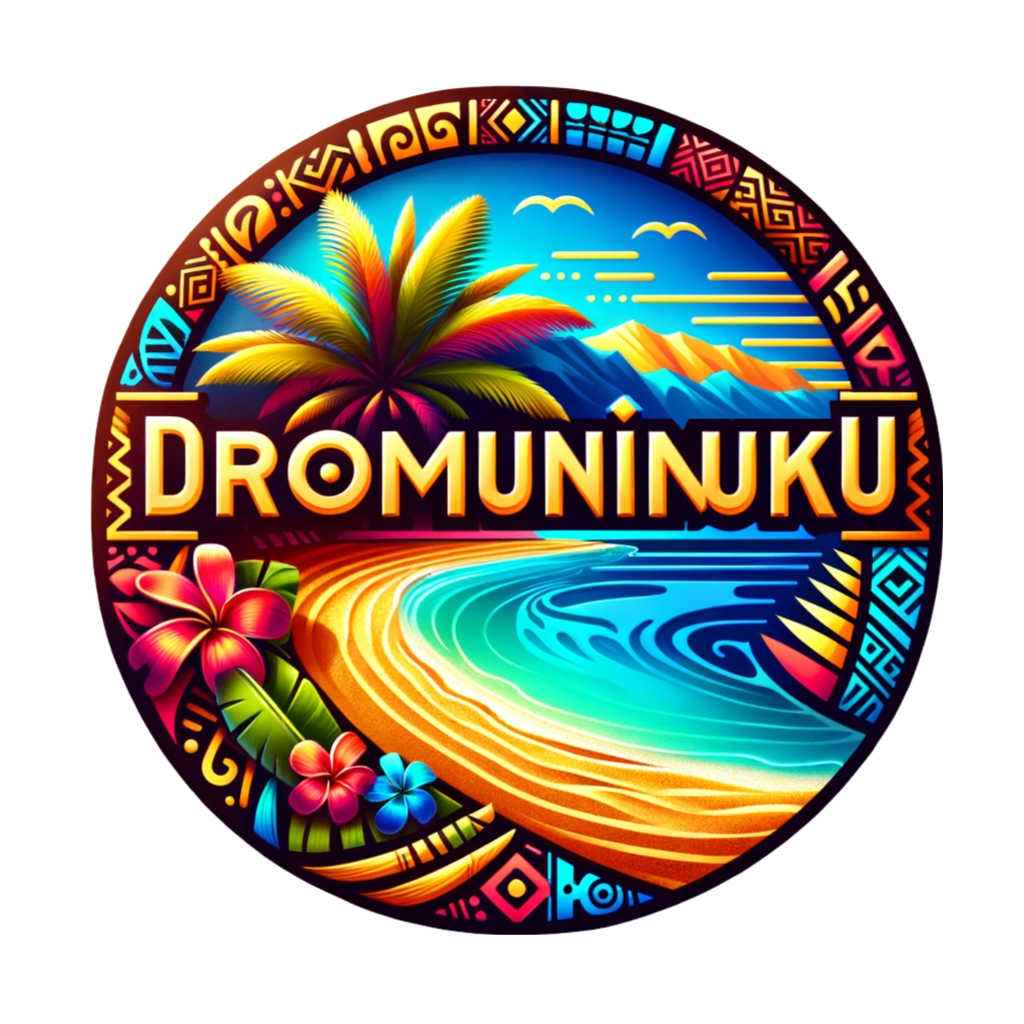Introduction
Art has always been a reflection of human creativity, emotion, and imagination. Throughout history, artists have used various mediums to express themselves and their unique perspectives on the world. In recent years, there has been a significant shift in the art world as technology, particularly artificial intelligence (AI), has begun to play a pivotal role in inspiring and creating digital art. This fusion of human creativity and cutting-edge technology has given birth to a new era of artistic expression. In this blog post, we will explore the exciting world of AI-inspired digital art and its impact on the art community.
The Rise of AI in Art
Artists have always embraced new tools and techniques to enhance their creative processes. In the 21st century, AI has emerged as a revolutionary tool for artists, providing them with a fresh canvas to explore and experiment. AI algorithms can analyze vast datasets of art, literature, and music, learning from the patterns, styles, and emotions expressed in these works. This knowledge allows AI to generate art that can mimic or transcend human creativity.
AI-Generated Artistic Styles
One of the most intriguing aspects of AI-inspired digital art is its ability to generate art in various styles. Artists can now input a specific artistic style or genre, and AI algorithms can generate artwork in that style. For example, if you love the works of Van Gogh, you can use AI to generate artwork that emulates his distinctive brushwork and color palette. This opens up endless possibilities for artists to experiment with different styles and push the boundaries of their creativity.
Enhancing Creative Workflow
AI can also be used as a creative partner to assist artists in their workflow. For instance, AI-powered tools can generate preliminary sketches, and color palettes, or suggest compositional changes based on the artist's input. This collaboration between artists and AI accelerates the creative process and allows artists to explore new ideas and possibilities more efficiently.
Exploring New Dimensions
AI can create art that goes beyond the boundaries of traditional mediums. Generative adversarial networks (GANs), a type of AI algorithm, can create surreal and dreamlike artworks that challenge our perception of reality. Artists are using AI to create 3D sculptures, immersive virtual reality experiences, and interactive installations that engage audiences in entirely new ways.
The Ethical Dilemmas
While AI-inspired digital art opens up exciting avenues for creativity, it also raises important ethical questions. Who owns the rights to AI-generated art? Can AI truly replace human creativity, or is it merely a tool to enhance it? These questions highlight the need for a deeper conversation about the relationship between technology and art in our rapidly evolving digital age.
Conclusion
AI-inspired digital art represents a thrilling fusion of human creativity and technological innovation. It empowers artists to explore new artistic styles, enhance their creative workflow, and push the boundaries of traditional art forms. However, it also brings forth important ethical considerations that the art community must grapple with. As AI continues to evolve, its impact on the art world will undoubtedly be profound. The key lies in harnessing the potential of AI to inspire and amplify human creativity while preserving the essence of what makes art a deeply human endeavor – the expression of the human soul.

